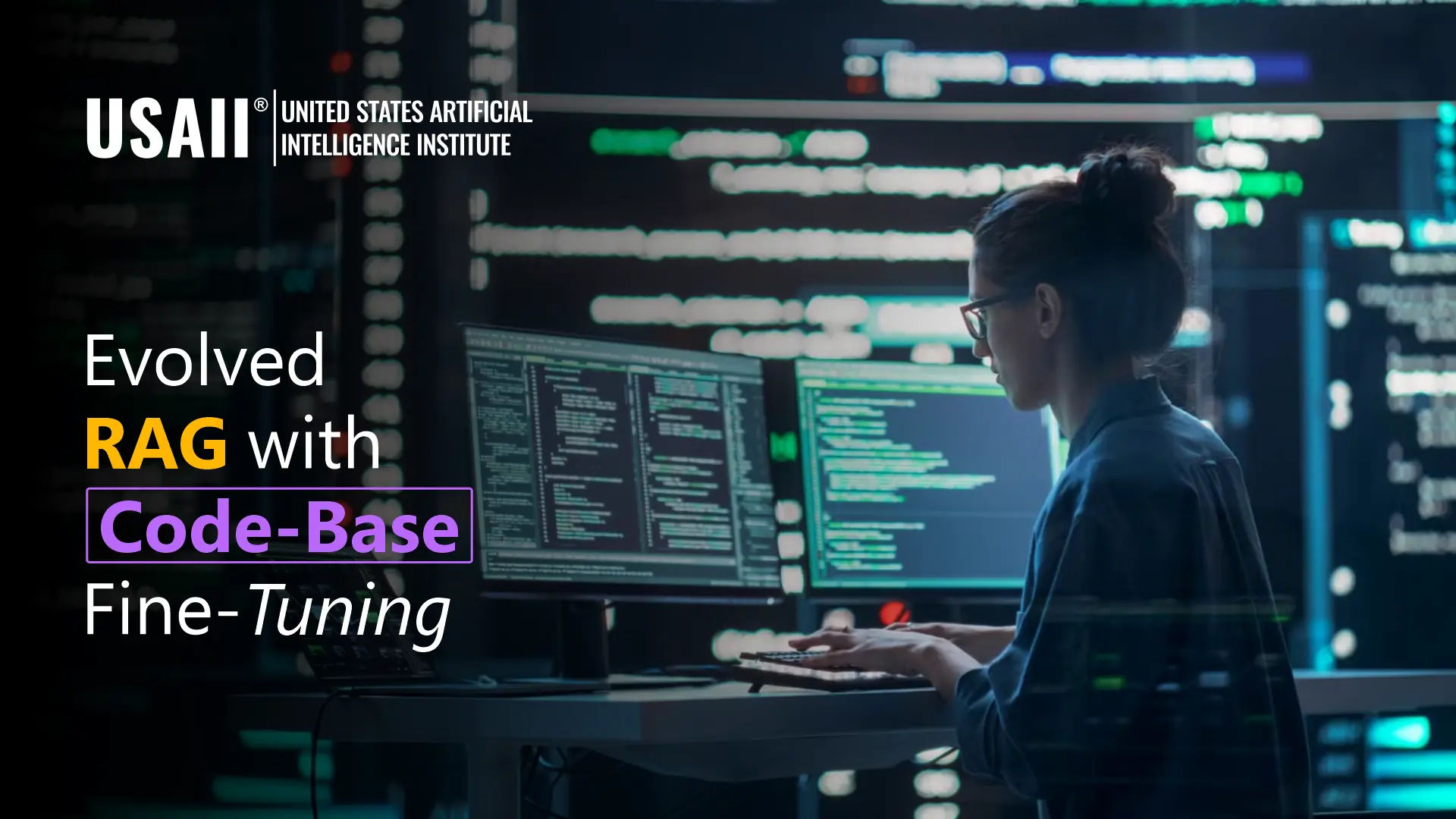
While Retrieval-Augmented Generation (RAG), and most recently Agentic RAG, unlocked a new era of fact-based, up-to-date AI by plumbing external knowledge stores at query time, there comes a point when live lookups and context windows can only take you so far.
Fine-tuning your model on your own repository isn’t just a luxury, it’s the natural next step for teams craving faster, more accurate, and deeply contextual code suggestions. By baking your project’s naming conventions, design patterns, library imports, and architectural idioms directly into the model’s weights, you dramatically reduce hallucinations, slash latency, and elevate the overall quality of generated code. In this follow-up, we’ll explore how layering dedicated fine-tuning on top of your RAG pipelines can turbocharge developer productivity and drive consistently reliable results across your organization.
RAG pipelines shine at injecting external context into a static model, but they eventually run up against retrieval limits, context-window constraints, and live-lookup delays. Fine- tuning flips that paradigm: your assistant “knows” your code-base innately, so it no longer needs to fetch snippets at runtime. The payoff is multi-fold, more coherent completions, fewer API calls (and lower inference costs), and full support for offline or air-gaped environments thus making your AI coding partner leaner, smarter, and entirely self-sufficient.
That said, fine-tuning isn’t a drop-in replacement for RAG so much as a complement. You’ll need a curated training corpus, compute for training, and version control for your model artifacts. In practice, many teams adopt a hybrid approach: fine-tune on the core code-base for their most common patterns and augment with RAG for rapidly changing or peripheral documentation. But if you’re finding that your RAG system is churning up too many irrelevant hits, struggling with latency, or running into context-window limits, then rolling out a fine-tuned model is the logical evolution to drive productivity and code quality even higher.
When choosing a fine-tuning platform as your next step in AI-powered development, make sure it delivers everything you’ve come to rely on. Beyond code completion and a co-pilot chat interface, you’ll want to consider:
Balancing these factors—feature parity with your RAG setup, performance, privacy, manageability, and cost—will ensure your fine-tuned assistant not only matches but exceeds the productivity gains you’ve already seen.
Here are a list of the top vendors supporting fine-tuning, chat-style prompt/response queries and code completion:
1. Windsurf Enterprise
2. OpenAI Platform
3. Azure OpenAI Service
4. Google Vertex AI
5. IBM Watsonx
Conclusion
Fine-tuning your code base-trained model transforms it from a generic retriever into a domain-expert teammate, internalizing your project’s naming conventions, design patterns, and library imports to deliver faster, more accurate completions with minimal hallucinations. Paired with RAG for edge-case look-ups and rapidly changing documentation, this hybrid approach balances fresh context with deeply embedded code knowledge, unlocking low-latency, cost-efficient AI assistance that works equally well online, offline, or in air-gaped environments.
In today’s breakneck vendor market, new entrants and feature updates appear almost daily, so choosing a platform isn’t just a one-time decision but an ongoing alignment exercise. Look beyond raw capabilities to consider IDE integration, MLOps maturity (versioning, monitoring, rollback), security/compliance posture, and hybrid- RAG support. By staying agile and re-evaluating providers against your evolving needs, you’ll ensure your fine-tuned AI partner remains cutting-edge, fully trusted, and seamlessly woven into your development workflows.
Follow us: